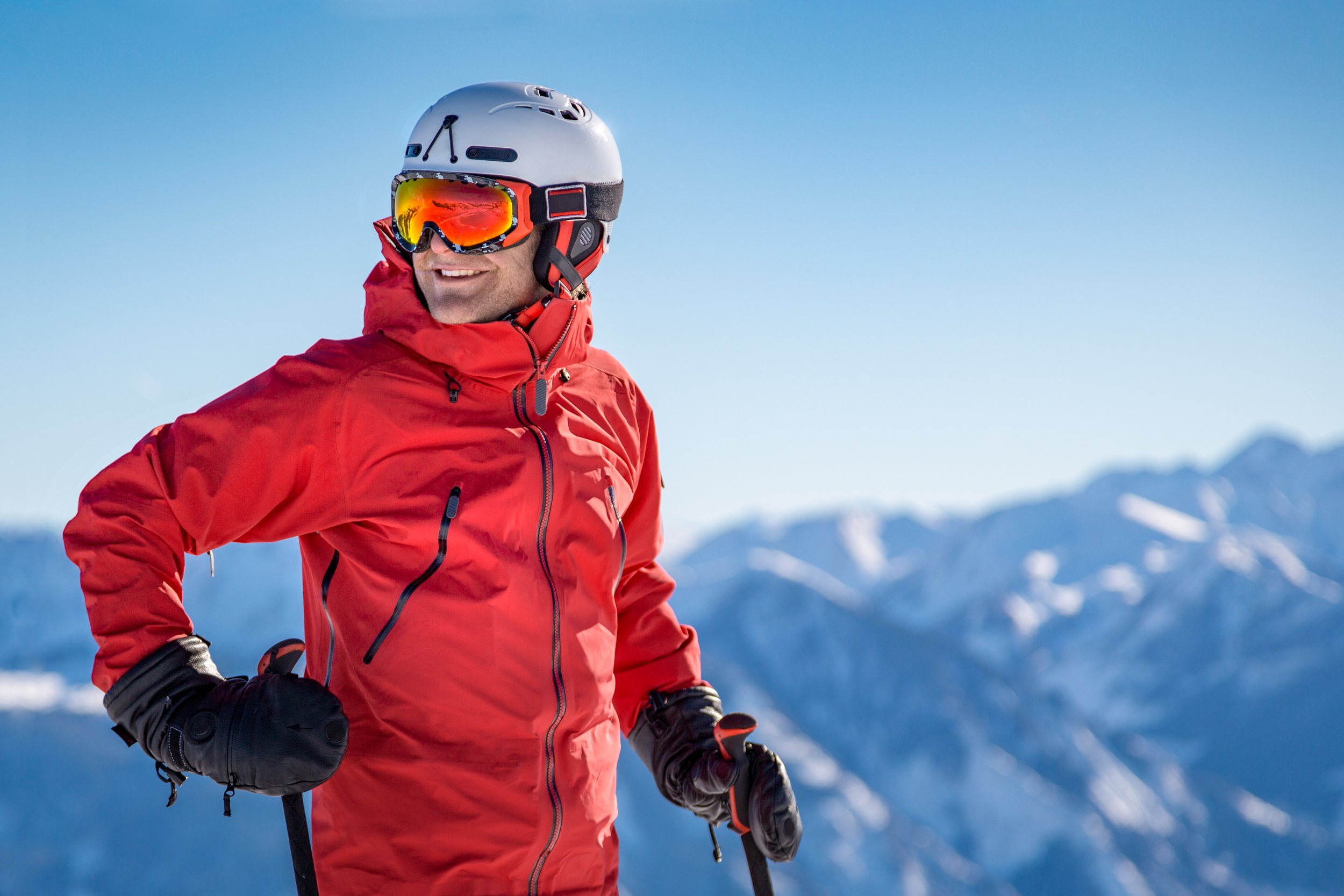How to Get Ready for Ski Season After Your Joint Replacement
Nathan Cafferky, MD wants patients to know that skiing after a knee or hip replacement surgery is possible. It might seem daunting, but with proper preparation and a focus on ski season readiness, you can hit the slopes with confidence. Dr. Cafferky addresses: why it's essential to begin in plenty of time to prepare for ski season after joint replacement, why fitness takes on a new level of importance post-surgery, the key exercises to get you fully prepared, how to gauge your readiness, and the incredible benefits that await post-replacement.
Why is it Important to be Ready for Ski Season?
Dr. Cafferky understands that skiing after a hip or knee replacement is not only about enjoying the winter wonderland; it's about reclaiming your active, adventurous life. Being ready physically for ski season means you can enjoy the slopes, spend time with family and friends, and savor the freedom of being in the great outdoors. Dr. Cafferky wants you back out there enjoying your full life!
Why Fitness is Even More Important After Joint Replacement
After joint replacement, your body goes through a remarkable recovery to get you better than ever. Maintaining fitness becomes essential. Dr. Cafferky’s joint replacement patients benefit from a comprehensive rehabilitation process to rebuild and prevent re-injury. This work results in strong muscles – particularly around the replaced joint – stability and support, reduced risk of injury and greater flexibility and range of motion. Fitness supports a return to skiing via improved balance, enhanced overall mobility, and overall wellness. Dr Cafferky wants patients to have maximum confidence skiing after recovery.
What are the Key Exercises for Readiness?
To get ready for ski season after a joint replacement, focus on maintaining the level of recovery and fitness achieved through Dr. Cafferky’s recommended post-surgery rehabilitation program. In addition, specific exercises that target strength, flexibility, and balance are recommended. These include:
Strength Training - Strengthen your lower body, especially the muscles around the replaced joint, with exercises like leg presses, squats, and lunges.
Flexibility - Incorporate stretches to improve joint mobility and flexibility. Include hamstring, quadriceps, and calf stretches.
Balance Exercises - Standing on one leg, using a balance board, or practicing yoga can help improve balance, a crucial skill on the slopes.
Cardiovascular Conditioning - Build your cardiovascular health. Engage in activities like swimming, cycling, or brisk walking to build endurance.
Assess Your Readiness for Skiing After Joint Replacement
Dr. Cafferky is the first stop for assessing your readiness to return to skiing after joint replacement. He has a process for evaluating readiness involving a few key steps:
Live the physical therapy program: Continue the therapy plan designed by Dr. Cafferky and his physical and rehabilitation specialists. This is the strategy to maintain and build your strength, flexibility, and balance, to be well prepared for the rigors of ski season.
Gradual progression: Gradually increase the intensity and complexity of your pre-season workouts. A little, over a longer time is better than cramming, which increases risk of injury. Listen to your body. Don't rush the process.
Start on easy terrain: When you hit the slopes, begin on beginner or intermediate terrain to assess your comfort level and capabilities.
Maintain contact with your surgeon: Dr. Cafferky and his rehabilitation team will provide personalized guidance based on your progress.
What are the Benefits of Ski Season Readiness for Joint Replacement Skiers?
The advantages of ski season readiness after joint replacement are numerous:
Improved Confidence - Being physically prepared boosts your confidence, allowing you to tackle the slopes with less fear of injury.
Enhanced Performance - Proper fitness and conditioning improve your skiing skills, making for a rewarding experience.
Reduced Risk of Complications - Strong muscles and flexibility minimize the risk of complications or strain on the replaced joint.
Quality of Life - Skiing after joint replacement means you can continue to enjoy a fulfilling, active lifestyle, promoting overall well-being.
Dr. Cafferky wants you to be confident about skiing after joint replacement based on his proven protocol for readiness. Being prepared for ski season is key to a safe experience. He wants patients to prioritize fitness, focus on effective exercises, and carefully assess readiness with his professional guidance. Request a consultation with Dr. Cafferky today. Get ready to hit the slopes after joint replacement!



